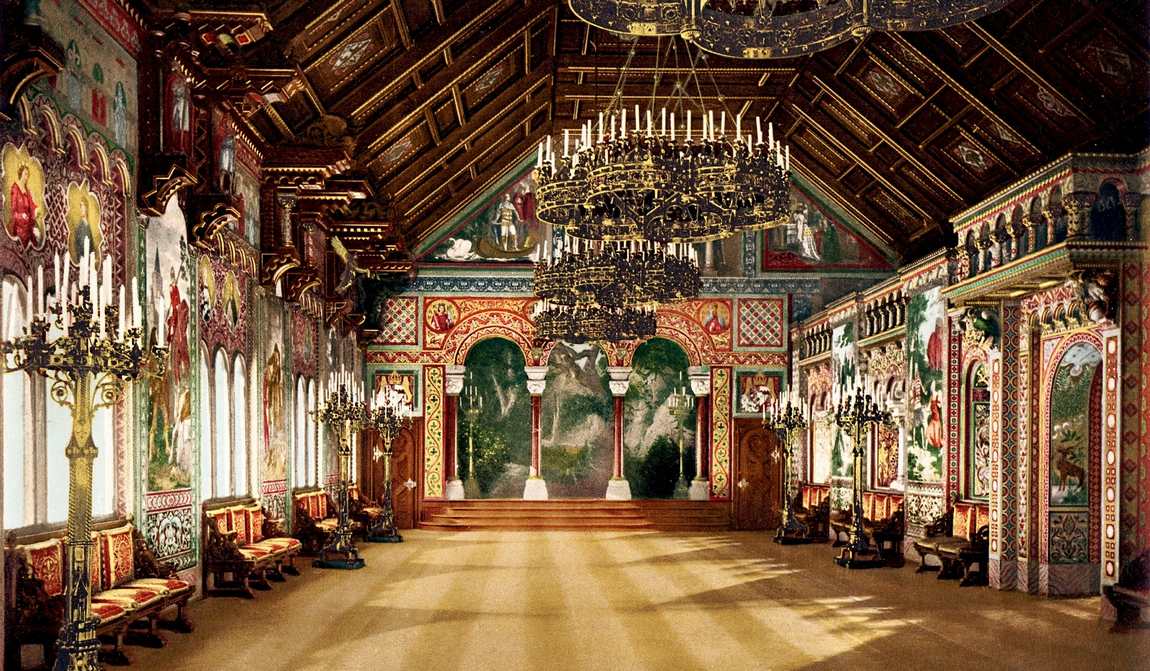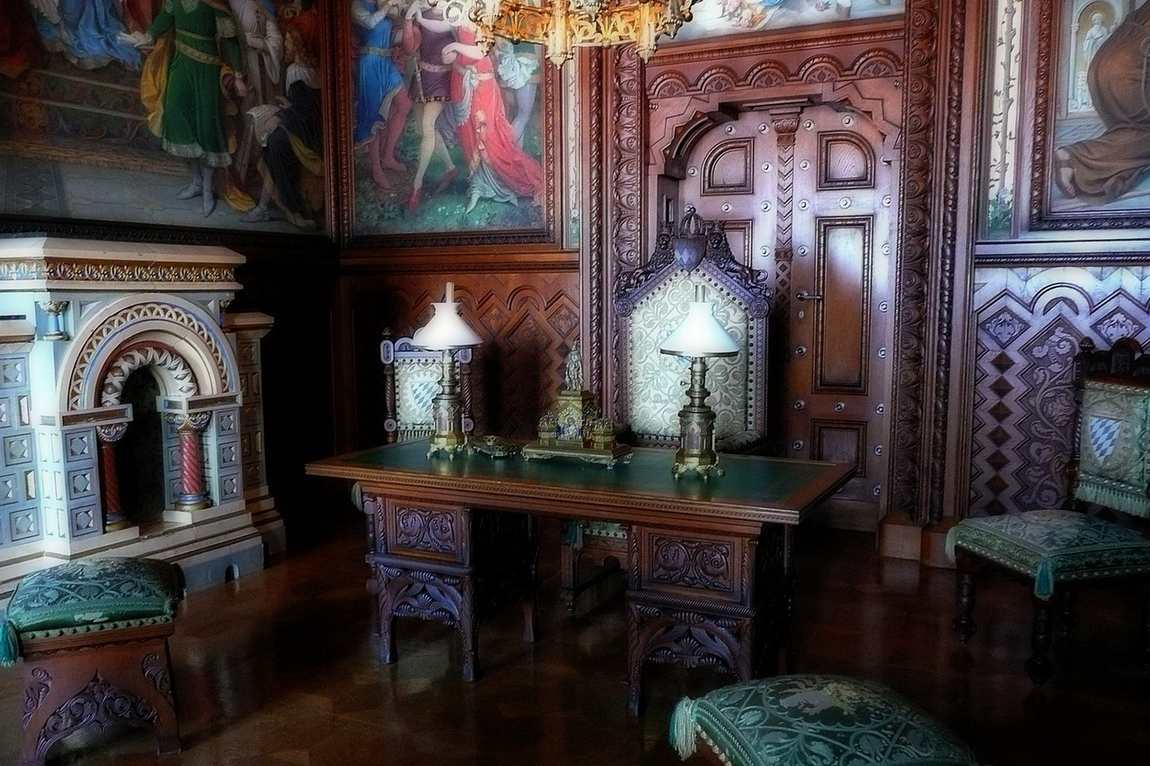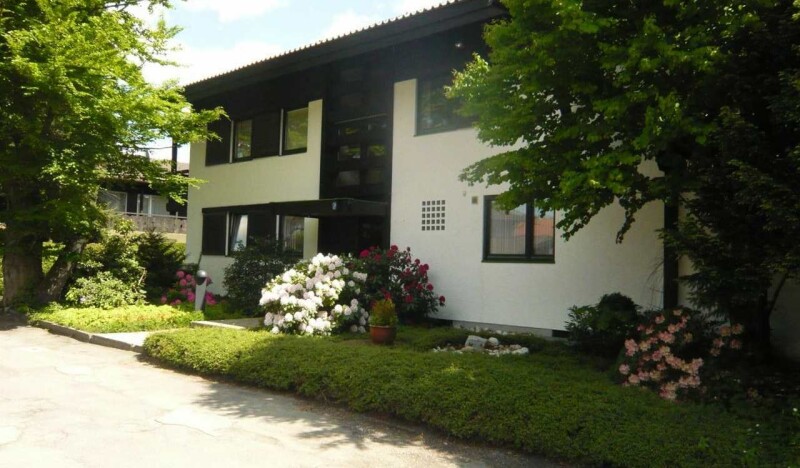In Bavaria, they not only make excellent beer, they also build castles of incredible beauty. To be precise, they did. Today, they are the jewel in the crown of the Bavarian countryside, and most tourists come here to enjoy the medieval architecture.
Neuschwanstein Castle is one of the most famous historical monuments in Bavaria. It is considered the biggest and brightest jewel in the chain of local architecture. It is perhaps unofficially the symbol of Bavaria.

When you look at Neuschwanstein from the outside, you get the impression that it is an illustration from an old German fairy tale. But the castle is as real as we are. It is almost 150 years old, but it is still bright, beautiful and impressively majestic. Built on a narrow, almost vertical cliff, the structure is monumental and solid, with battlements, arched bridges and suspended balconies. You can enter its halls without fear; you and your children will see many unusual and interesting things.
The castle is not only beautiful from the outside, but also from the inside. The walls of its rooms are covered with paintings, mostly of characters from medieval legends and tales.

Show your little antiquity buffs the local grotto. This room, more than any other, reflects the hobbies and tastes of Ludwig II, the king who designed Neuschwanstein. Its walls are constructed to resemble a cave. At the back of the room is a miniature waterfall surrounded by rocks. When the doors are closed, visitors really do feel as if they're lost in one of the underground grottos of an ancient labyrinth.
Ludwig loved anything unusual, he was a great eccentric and original. For example, he had his large study decorated on the theme of his favourite hero, Lohengrin, and the throne room was dedicated to his favourite son, Percival.

The Singers' Hall, where not a single song was sung during the monarch's lifetime, was one of the king's favourite projects and is also impressive in its opulence. The entire palace is literally full of marble and gold, decorated with beautiful frescoes and sumptuous tapestries. The mosaic floors are a separate topic and are truly a work of art well worth seeing.
The name of the building, Neuschwanstein (translated as "New Swan Stone Castle"), is quite symbolic. The castle was named after its geographical location: it was built on the ruins of an ancient fortress next to a lake where swans lived.
The swan is also the heraldic symbol of the old Counts of Schwangau, who were succeeded by Ludwig II's father, Maximilian II of Bavaria. Ludwig II's luxurious new home was his "swan song" — he was declared insane and abdicated before the castle was completed. The monarch died in unusual circumstances.
Younger visitors to Neuschwanstein will recognise this architectural structure as the home of the famous cartoon character Sleeping Beauty. Walt Disney was so impressed by the interior and exterior of the castle that he used its silhouette as the logo for his company.
Interesting facts about Neuschwanstein Castle
- It is the most photographed place in Germany. Around 6,000 visitors come to admire the romantic castle every day!
- The castle was planned to be built in 3 years, but construction took 15 years.
- Ludwig II never lived to see his creation fully completed.
- The castle was fitted with all the latest technology of the time.
- In one year alone, more than 450 tonnes of cement and about 1,850 hectolitres of lime were used to build the castle.
- Neuschwanstein housed the Reich's gold. It was then taken to an unknown destination.











